The story of how we got to climate change is familiar to most of us: our extractive human habits, free market economies, and short-sighted use of new inventions gave us coal-fired power plants, industrial farming, and gas guzzling automobiles. These inventions released increasing levels of CO2 and other greenhouse gasses into the atmosphere. And here we are today, inheritors of an imbalanced civilization on an overheated, imperiled planet.
The window of opportunity for change is small. Some scientists even think it is already too late to reverse the trend. One thing is clear: more short-term solutions and market economic fixes will not help us. This time, we need to understand the systemic causes and solutions to global warming.We need to go beyond technological and short-sighted market economic solutions and instead look for more integrated solutions.
Increased CO2 is a symptom of deeper systemic issues—fossil fuels for energy and transport, unrestrained material growth and consumption, animal food production, agricultural and industrial pollution, deforestation, and more. Our profit-driven economic system and the reductionist worldview our sciences are built upon, are increasingly seen as the main, underlying causes of ecological destruction and climate change.
The time for scientific and economic bandaids is over, the time for groundbreaking changes has come. Thankfully, a growing movement of scientists, economists, environmental and indigenous activists are favoring a more integrated worldview, more interdisciplinary sciences, and a more circular economy. In short, there is a growing movement of people in favor of a society that is not at odds with the natural world.
It is from the emerging worldview of these new cultural patterns, and from these new models of regenerative and decentralized economics that we must envision the urgent task of reducing our carbon footprint. Nothing less can help mend our fractured planet.
Carbon Capture and Systems Change
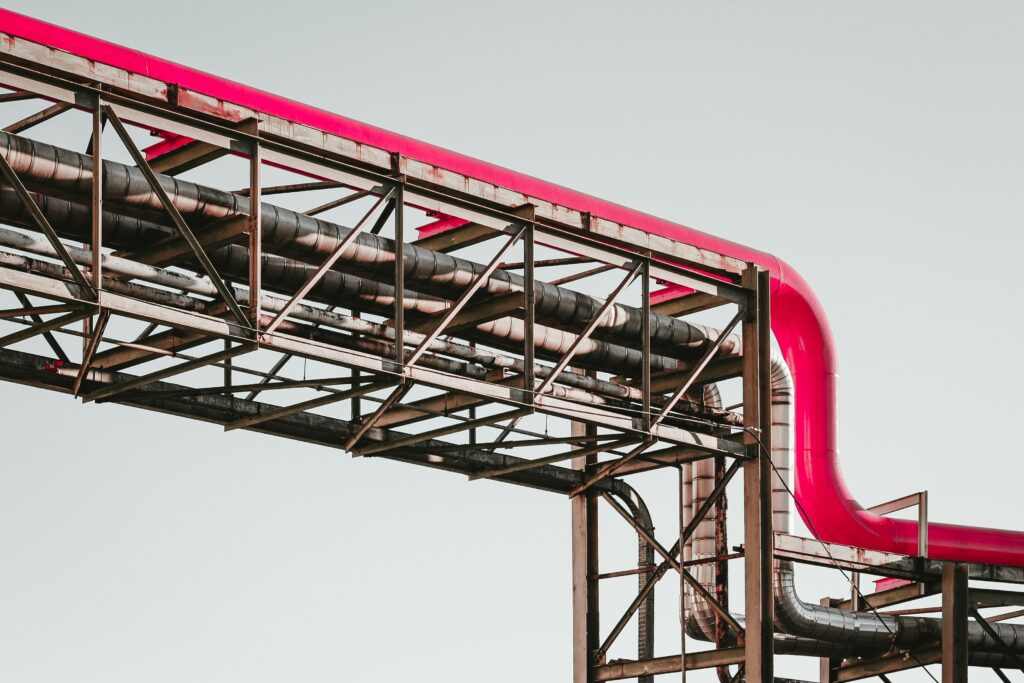
Currently, there are three main ways to capture excess CO2, the main greenhouse gas in the atmosphere and the cause of global warming: carbon capture at source of production; removal from the air by capturing carbon with technology, or in the soil, the oceans, and in plants; carbon capture by engaging in environmentally regenerative activities and producing products with no or low carbon footprints. From a planetary systems-view perspective, global warming, in the form of increasing temperatures, wildfires, droughts and storms, is caused by a broader set of issues that need to be treated systemically, from the inside out.
We need to go beyond the labs of science to understand the numerous systemic causes underlying climate change. We need to go beyond the science of carbon capture and reduce the production of carbon in the first place.
The causes of too much carbon are many, and they are interlinked: they are political, economic, cultural, agricultural, as well as the faulty use of technology. These causes are expressed in the way we consume, drive, build, fly, grow, eat, drink, heat, cool, package, and store. In other words, carbon capture is a complex concept and to accomplish the task of saving our planet from ecological implosion, we need to—as with all systems change issues—connect all the dots. Below are some of the systemic dots that need to be connected and integrated.
Technological, Agricultural, and Natural Methods of Carbon Capture
Carbon Capture and Storage (CCS) is a method of capturing CO2 from large point sources, such as a coal fired power plant, before it enters the atmosphere and then transporting it and storing it in an underground geological formation. There are considerable costs involved in this process, safety risks and environmental concerns have been voiced, such as in Norway, which is also an oil producer, that carbon capture has allowed Norway to legitimize its continued fossil fuel production from its North Sea oil fields. Currently, large amounts of government funding are being directed to the development of these solutions, but so far projects have mostly failed to meet targets and produce promising results. [1,2]
Carbon Dioxide Removal (CDR) includes afforestation, agricultural practices that sequester carbon, bio-refinery, carbon mineralization, direct air capture when combined with use, among other methods.
Afforestation, reforestation, and forestry management
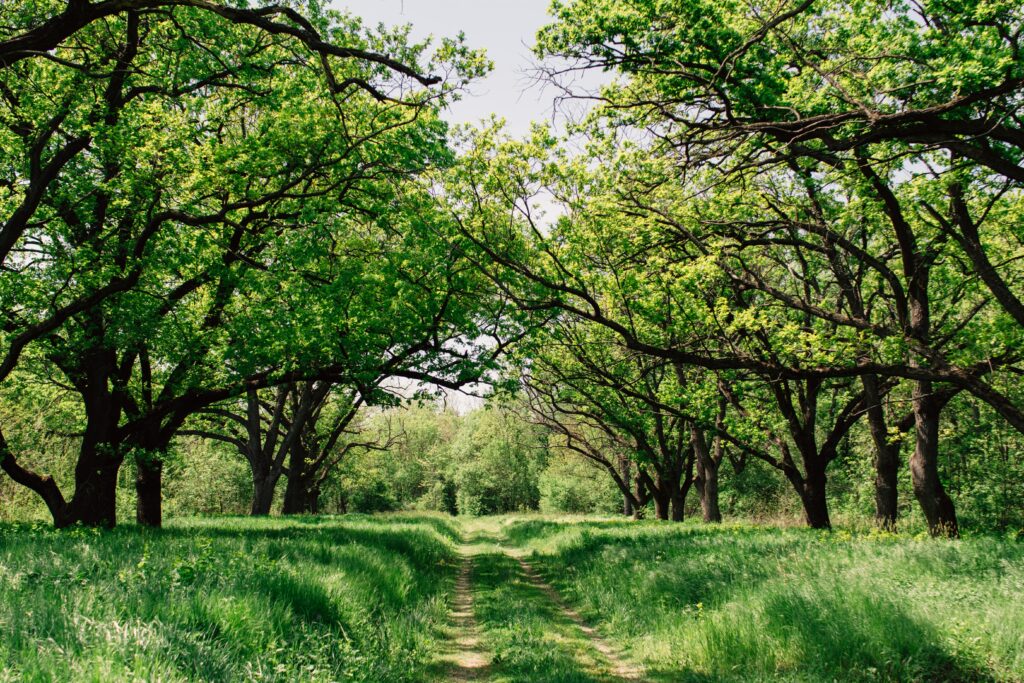
According to the International Union for Conservation of Nature, “Halting the loss and degradation of natural systems and promoting their restoration have the potential to contribute over one-third of the total climate change mitigation scientists say is required by 2030.” In order to accomplish that, monumental economic and agricultural policy changes are needed.
Trees and plants, especially moss, convert carbon dioxide into organic compounds through photosynthesis. Since these plants remove and store carbon from the air, they are important for regulating CO2 levels in the air.
Monumental economic policy changes are needed to halt the clearcutting of rainforests, for example, and to set aside biodiverse natural preserves for future generations. Biodiverse old growth forests are especially effective at carbon capture and thus a global ban on the cutting of old growth needs to take effect immediately. In urban areas, more trees need to be planted and buildings can be covered in plants and mosses, vegetable gardens can flourish on roofs and in abandoned lots.
Despite the outstanding benefits that planting and restoring forests has aside from carbon capture and storage, some scientists are skeptical that we could plant enough forests to solve the problem. Even if we covered all available land with trees, at current emission levels, we’d only capture enough carbon to offset about ten years of emissions at current rates. [3]
Agricultural practices
Government and other incentives for increased “carbon farming” are urgently needed. The aim of carbon farming is to increase the sequestering of carbon in the soil by, for example, no tilling practices with the goal of creating a self-regulating, agricultural system.
Other methods include increasing the soil’s organic matter content, which can aid plant growth, increase total carbon content, improve soil water retention capacity and reduce fertilizer use. Carbon farming must be locally adapted, and the challenge is to create soils that can be both agriculturally productive and climate friendly. [4]
Another promising strategy is integrating animals in grazing rotation systems, which can contribute to soil restoration whilst also locking up carbon in healthy pastures All this, while maintaining a sustainable and localized financial model. [5]
Wetland restoration
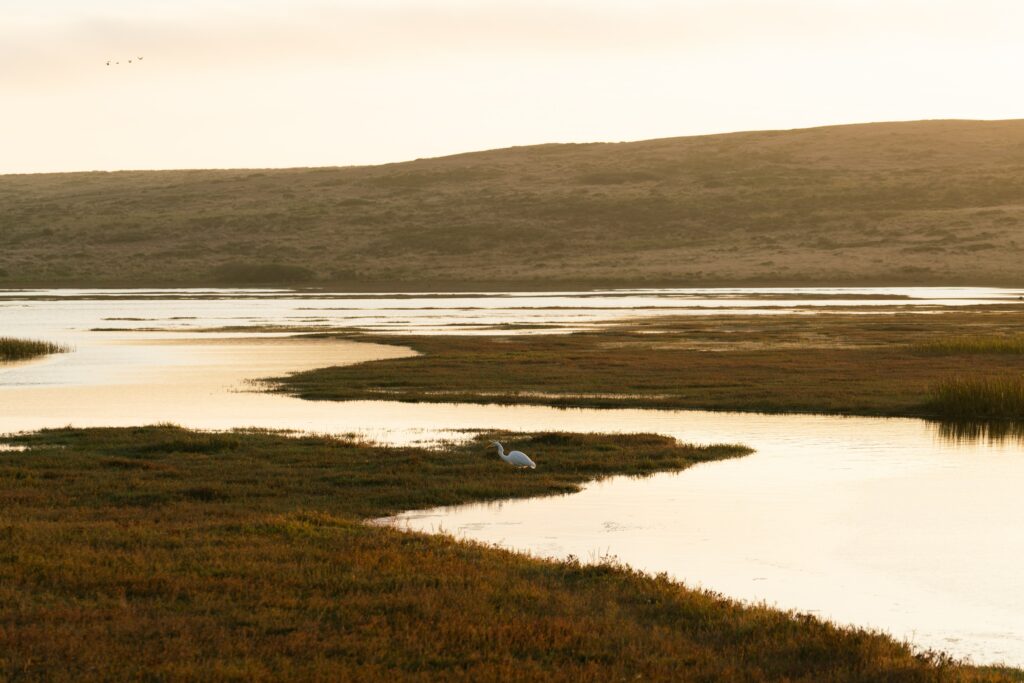
Restoring wetlands is a vitally important practice as so-called blue carbon sequestration in the world’s oceanic, river, and coastal ecosystems is highly effective through mangroves, algae, seagrasses, salt marshes and other coastal ecosystems.
The plants in these ecosystems store carbon in their biomass, and also in the sediments around them, and can store up to 10 times more carbon than forests. [6] Unfortunately, wetlands are being destroyed at a fast rate, and releasing tons of carbon dioxide into the atmosphere in the process. Restoring these and other important ecosystems would be ideal, but even halting their destruction and protecting them as permanent stores of carbon would already go a long way.
Biochar
Biochar can be obtained via the thermal decomposition of organic material (biomass such as wood, manure or leaves) under limited supply of oxygen (O2), and at relatively low temperatures (<700°C). This process mirrors the production of charcoal but can be distinguished from it in that a primary application is the use as a soil amendment. [7] This allows for the improvement of soil function and the reduction of emissions from biomass that would otherwise naturally degrade to greenhouse gasses. This method is commonly applied together with other carbon farming methods mentioned above.
Mineralization and enhanced weathering
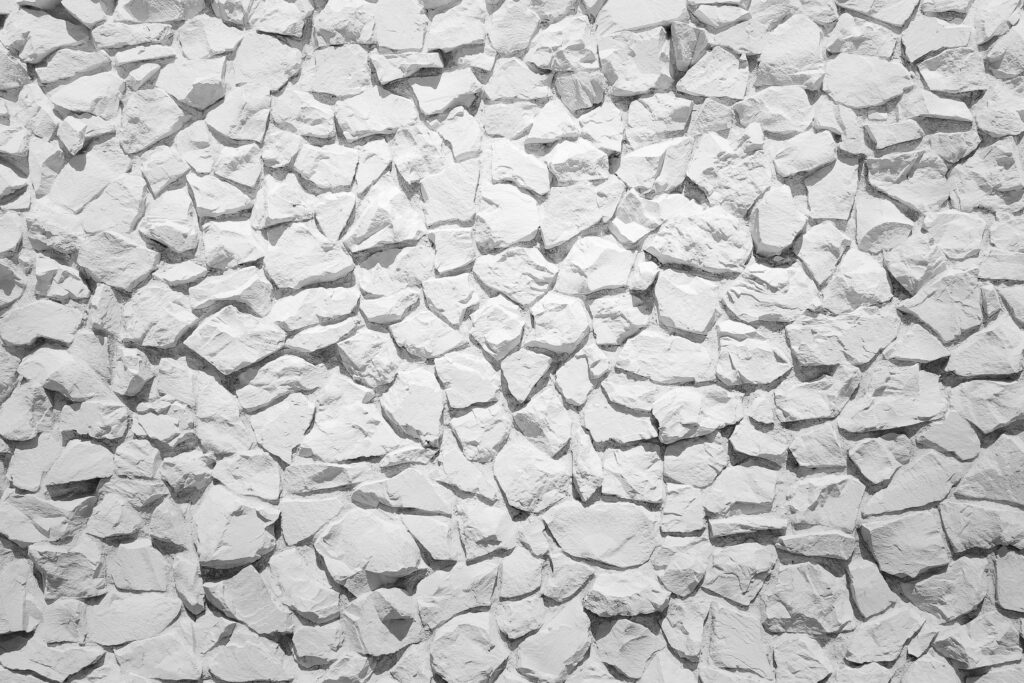
Naturally occurring minerals are some of our best carbon sinks, as carbon dioxide in the air and water chemically bind to them and permanently turn to stone. Carbon mineralization accelerates these processes, helping minerals absorb CO2 from the ambient air at rates much faster than those occurring in nature. This can be done, for example, through artificial rock crushing and exposure to CO2 in reaction chambers or spreading them over large areas of land or ocean, increasing the surface area over which the reactions can occur.
The main challenge with this process is that it can be expensive and energy-intensive, due to the need to transport and process large quantities of heavy materials. [10]
Direct air capture and use
Direct air capture is achieved by trees, plants and other photosynthetic organisms, but it can also be achieved through man-made technologies, in which case the byproduct (normally a concentrated form of CO2) can be either stored or used to produce other products, such as fuels (which seems to slightly defeat the purpose), carbon nanotubes, fibers, fertilizers and even some food products [8].
Direct air capture solutions could in theory be scaled up very quickly, which is a plus given the urgency of the situation, but the high energy costs involved also need to be taken into account when considering these technologies [9].
Bio-refinery

The photosynthetic power of trees is well known, but what is not so often discussed is the even larger photosynthetic ability of phytoplankton (aquatic photosynthetic microorganisms) and some types of macroalgae.
In some places, enhanced growth of these organisms is being achieved through artificial upwelling (nutrient-rich currents originating from the bottom of the oceans) powered by sea waves. Marine permaculture farms promoting the growth of kelp regenerate the local biodiversity and help replenish fish stocks, while processed microalgae can be turned into other products of commercial value. [11]
Beyond Carbon Capture: A Systems View
The conclusion we have drawn from our preliminary study of carbon capture is that there are no simple solutions to this problem. There are no quick fix technological or economic solutions. We therefore need to look for more systemic solutions, and here we are presenting some possible solutions that can be part of a more comprehensive package of policy changes.
A peer reviewed study commissioned by Global Witness and Friends of the Earth Scotland found that carbon capture and storage technologies still face numerous barriers to short-term deployment and, even if these could be overcome, the technology “would only start to deliver too late.” Researchers also found that it was incapable of operating with zero emissions, constituted a distraction from the rapid growth of renewable energy “and has a history of over-promising and under-delivering.” [12]
Hence, the methods we have focused on above through agriculture, wetland restoration, biochar use, mineralization and bio-refineries have a much higher rate of success as they mainly use nature’s own cycles of capture. These methods, if practiced well, will help us to live within global natural boundaries, and also within the ecological boundaries set forth in new, circular economic thinking, such as in Kate Raworth’s doughnut economics. [13]
From a systems change point of view, these are the directions we need to move when searching for solutions to reducing our carbon footprint. However, the title of this essay is Carbon Capture and Beyond. The word Beyond urges us to look at the underlying causes of carbon pollution. We need to ask: why do we produce too much carbon in the first place?
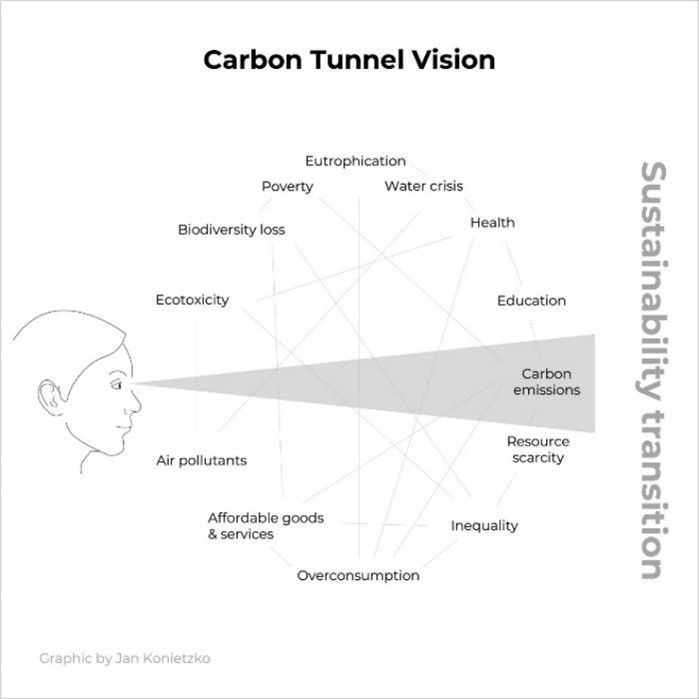
The simple answer to that question is that we live on a planet that produces too much carbon dioxide emissions. More importantly, the most industrialized countries of the planet, the 38 member countries in the OECD, while representing only one-sixth of the world’s population produce two-thirds of the world’s carbon emissions. The same countries consume one-third of the world’s meat and one-third of the world’s sugar.
But what is the link to carbon emissions and capture? Meat production is one of the highest emitters of greenhouse gasses in agriculture and much of the world’s sugar is produced on clearcut rainforest land, which captures large portions of carbon. In other words, what is consumed in these countries is directly linked to the high global carbon footprint. So, unless we find systemic solutions to reduce consumption, we will not be able to get to net zero by 2050. [14]
If we look at the global economic sectors and carbon emissions, we find that agriculture and forestry represent 24 percent of emissions, energy use for electricity and heating another 25 percent, industry 21 percent, transportation 14 percent, other energy 10 percent and housing six percent. [15]
A systemic analysis of each sector would come up with systemic solutions, not just quick technological fixes. We would learn that localized agriculture, for example, would dramatically reduce the use of energy in transport; that meat and milk produced by grass fed rather than grain fed cows produces less carbon emissions; and that a primarily plant-based diet would dramatically reduce our carbon footprint as well.
In order to implement such needed changes, we would need new government policies favoring local economies over corporate monopoly economies. We would need new economic restructuring favoring family run farms over corporate farms. We would need a new culinary culture favoring slow, local food over exotic foods from far away, and local meats over beef and eggs from industrial farms in other countries.
In the energy sector, we would need new government policies favoring solar panels on every home, electric vehicles powered by renewable energy, increased public transportation and bike paths, walkable cities, and super-insulated houses built by local materials.
The call for systems change is urgent. That means policy changes based on an ecological and integrated worldview to inform our policies. As Jeremey Lent writes in his book The Web of Meaning, “When scientists, for example, study climate breakdown, a reductionist approach may view the greenhouse effect as a technical problem to be solved through geoengineering, whereas a systems approach recognizes the feedback loops between politics, economics, cultural values and emissions as a nonlinear meshwork of interactions.” [16]
To go Beyond Carbon Capture and to change the destructive trajectory we are on, we need to connect the ecological, economic, political, cultural, and scientific dots. As a global community, we have just started to come up with solutions for that challenging task. We are therefore inviting the political, scientific, economic, and environmental communities to work together to come up with more integrated solutions.
We need to look at the meshwork of interactions between these natural and human-made systems in order to effect true systems change. We need to ask more fundamental and integrated questions, so that together we can capture something perhaps not yet entirely imagined: a new integration of values, a new set of economic and political policies aligned with deep ecological sensibilities.
Top Photo by Tobias Tullius
[1] O’Malley, Nick, Australia’s giant carbon capture project fails to meet key targets, 2021 https://www.smh.com.au/environment/climate-change/australia-s-giant-carbon-capture-project-fails-to-meet-key-targets-20210719-p58b3i.html
[2] Calma, Justine, Plans to capture CO2 from coal plants wasted federal dollars, watchdog says, 2021 https://www.theverge.com/2021/12/30/22860207/carbon-capture-coal-plants-wasted-federal-dollars-watchdog-gao
[3] Waring, Bonnie, There aren’t enough trees in the world to offset society’s carbon emissions – and there never will be, 2021 https://theconversation.com/there-arent-enough-trees-in-the-world-to-offset-societys-carbon-emissions-and-there-never-will-be-158181
[4] Temple, James, Carbon farming is the hot (and overhyped) tool to fight climate change, 2019 https://www.technologyreview.com/2019/06/21/65661/carbon-farming-is-the-hot-and-overhyped-tool-to-fight-climate-change/
[5] Harland, Maddy, Joel Salatin’s pattern for carbon farming at Polyface Farm, 2013 https://www.permaculture.co.uk/articles/joel-salatins-pattern-carbon-farming-polyface-farm
[6] McVeigh, Karen, Blue carbon: the hidden CO2 sink that pioneers say could save the planet, 2021 https://www.theguardian.com/environment/2021/nov/04/can-blue-carbon-make-offsetting-work-these-pioneers-think-so
[7] Irish Biochar Co-operative, About Biochar – What is Biochar? https://pluschar.ie/biochar-facts
[8] Global Thermostat, The GT Solution, https://globalthermostat.com/the-gt-solution/
[9] Center, Lenfest, 10 Reasons to Take Direct Air Capture Seriously, 2014 https://news.climate.columbia.edu/2014/07/18/10-reasons-why-policy-makers-should-take-direct-air-capture-seriously/
[10] Ensia, 8 Ways to Sequester Carbon to Avoid Climate Catastrophe, 2017 https://www.ecowatch.com/carbon-sequestration-2461971411.html
[11] Singh, Jyoti and Dhar, Dolly Wattal, Overview of Carbon Capture Technology: Microalgal Biorefinery Concept and State-of-the-Art, 2019 https://www.frontiersin.org/articles/10.3389/fmars.2019.00029/full
[12] Meredith, Sam, Carbon capture is expected to play a pivotal role in the race to net zero emissions. But not everyone agrees, 2021 https://www.cnbc.com/2021/07/20/climate-crisis-and-carbon-capture-why-some-are-worried-about-its-role.html
[13] Raworth, Kate, Doughnut Economics, Chelsea Green, Vermont, 2017
[14] Jahren, Hope, The Story of More, Vintage Books, New York, 2020
[15] EPA, Global Greenhouse Gas Emissions Data, https://www.epa.gov/ghgemissions/global-greenhouse-gas-emissions-data
[16] Lent, Jeremy, The Web Of Meaning, New Society Publishers, 2021




Community Discussion
Click here to start the discussion of this article.